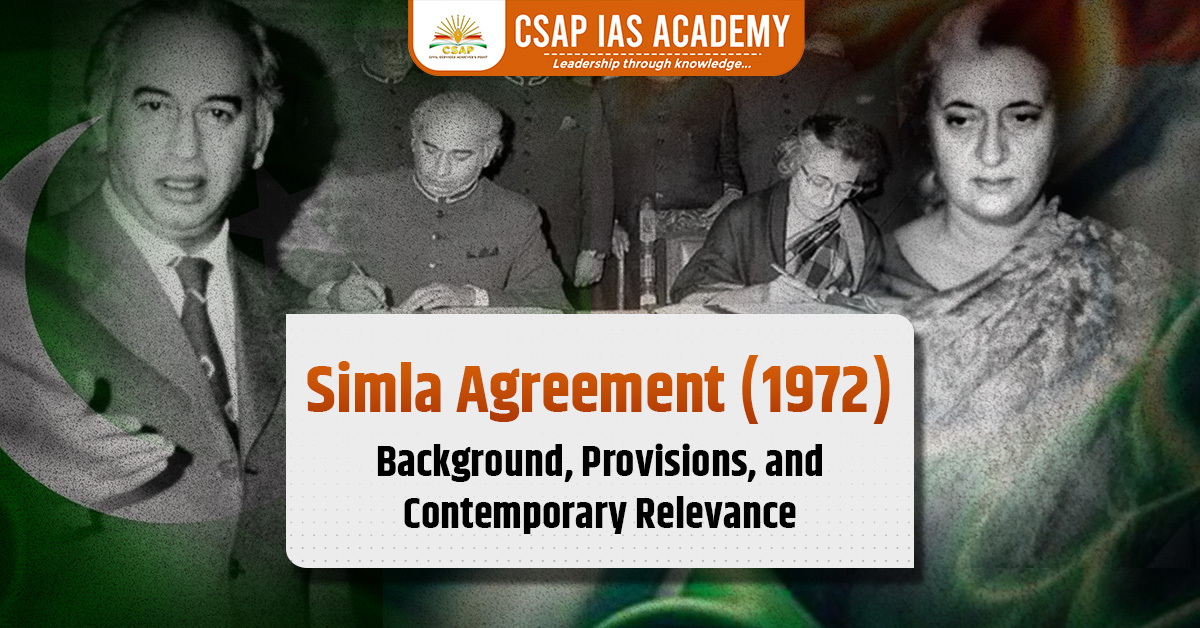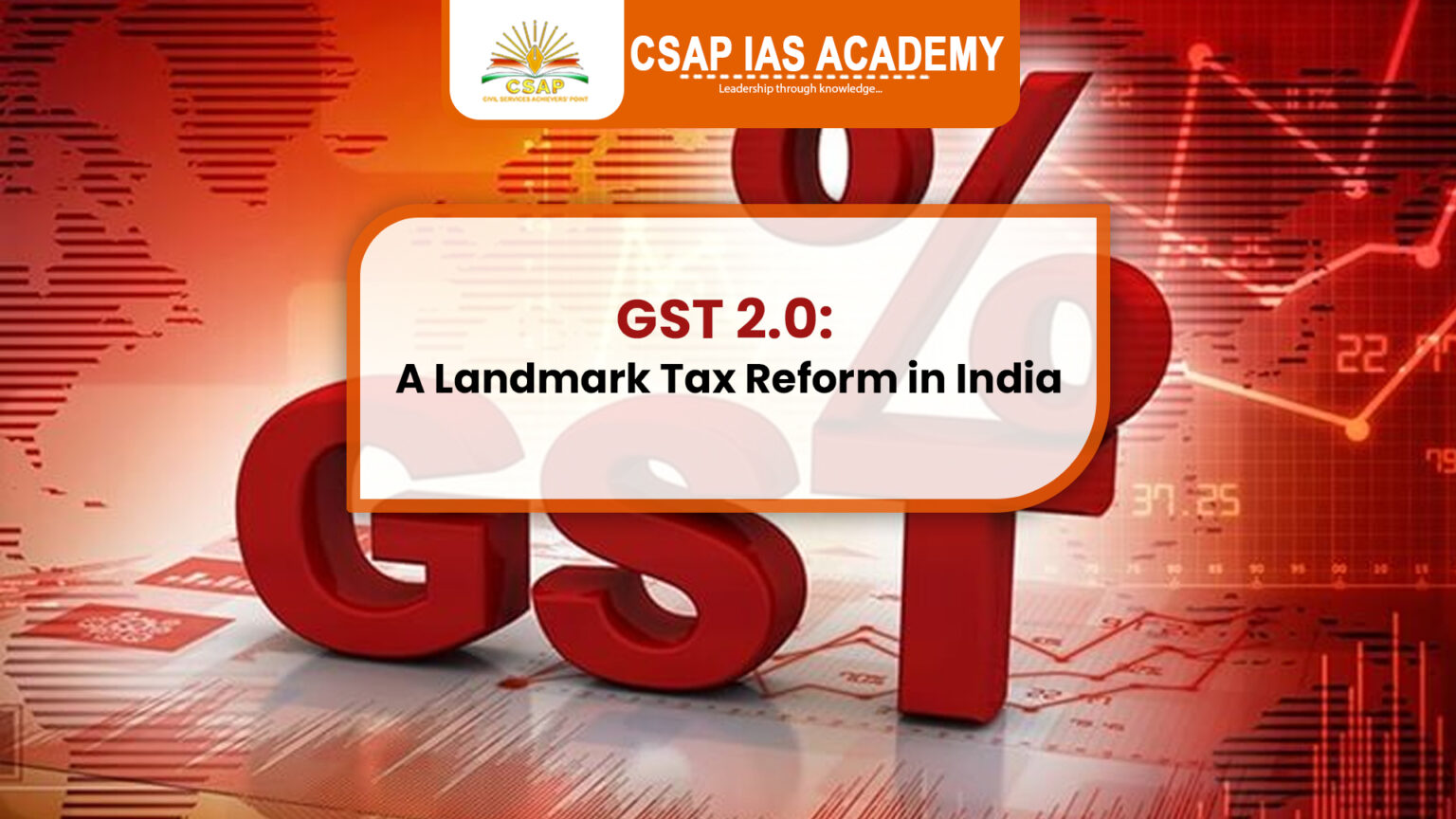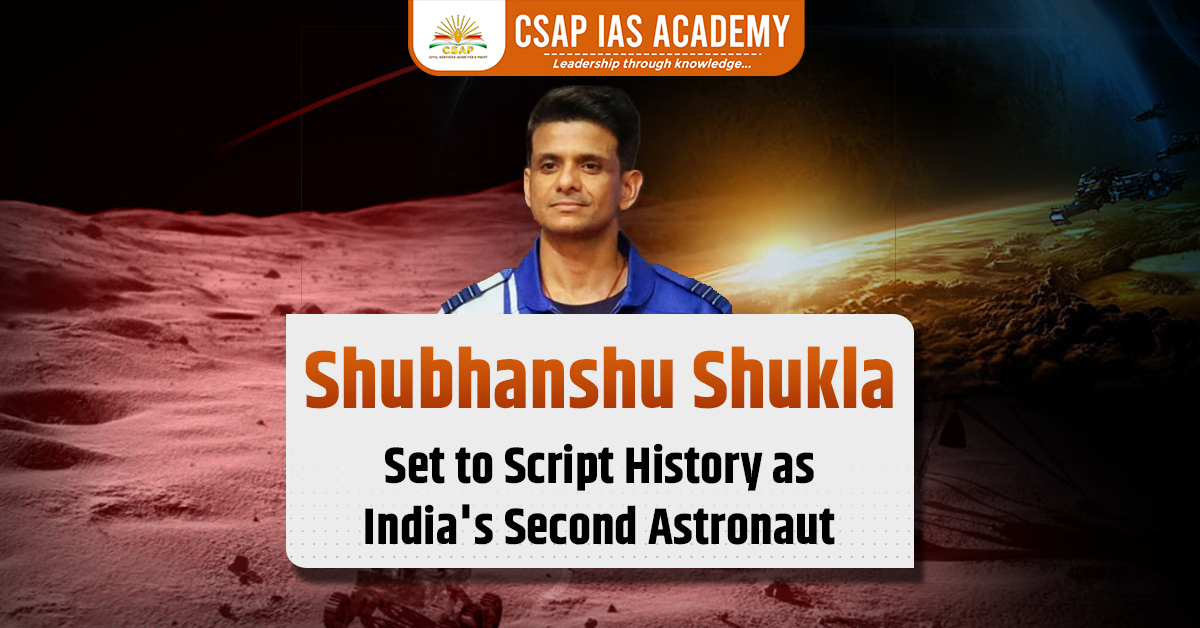The Simla Agreement of 1972 is one of the most significant diplomatic treaties between India and Pakistan, shaping the course of their bilateral relations for over five decades. However, in April 2025, this historic agreement was placed “in abeyance” by Pakistan following a surge in tensions after a terrorist attack in Pahalgam, Jammu & Kashmir, that claimed the lives of 26 innocent tourists.
On April 22, 2025, a brutal terror attack targeted a tourist bus in Pahalgam, leading to nationwide outrage in India. The Indian government promptly responded by suspending visa services for Pakistani nationals and canceling all existing visas, including those granted on medical grounds. In retaliation, Pakistan’s National Security Committee (NSC), chaired by Prime Minister Shehbaz Sharif, convened an emergency meeting and passed a resolution to suspend all bilateral agreements with India, explicitly naming the Simla Agreement. This move signaled a potential diplomatic rupture with serious implications for regional peace and stability.
Historical Background of the Simla Agreement
The Simla Agreement was signed on 2nd July 1972 by Indian Prime Minister Indira Gandhi and Pakistani President Zulfikar Ali Bhutto. It came in the aftermath of the 1971 India-Pakistan war, which resulted in the creation of Bangladesh from the erstwhile East Pakistan. The war had led to the surrender of more than 90,000 Pakistani troops and significant territorial gains for India, particularly on the western front.
India, while holding a strong bargaining position after its military victory, chose to pursue a diplomatic route aimed at long-term peace and regional stability. The Simla Agreement was a result of this vision. It served both humanitarian and strategic goals—ensuring the return of prisoners of war and captured territories, while creating a new framework for future Indo-Pak relations.
Key Provisions of the Simla Agreement
- Bilateralism as the Guiding Principle
One of the most critical outcomes of the agreement was the commitment by both countries to resolve all disputes, including Jammu & Kashmir, through bilateral negotiations only. This principle excluded third-party mediation, including by the United Nations, and became a cornerstone of India’s diplomatic policy. - Redefinition of the Ceasefire Line
The 1949 UN-mandated Ceasefire Line in Jammu and Kashmir was renamed as the Line of Control (LoC). This was a major diplomatic achievement for India, as it delinked the Kashmir issue from UN resolutions, making it a matter strictly between India and Pakistan. - Mutual Commitment to Peace and Sovereignty
Both nations agreed to respect each other’s territorial integrity and sovereignty, and to avoid the threat or use of force. They also committed to non-interference in each other’s internal affairs and to promote a friendly and harmonious relationship. - Return of Territory and Prisoners of War
India agreed to return approximately 13,000 square kilometers of territory it had captured during the war on the western front, although it retained some strategically important areas. India also facilitated the repatriation of over 90,000 Pakistani prisoners of war, held after the conflict. - Normalization of Relations
Both countries aimed to restore diplomatic and consular relations, re-establish economic and cultural ties, and initiate confidence-building measures to avoid further conflicts.
Diplomatic and Strategic Significance
The Simla Agreement laid the foundation for bilateral diplomacy in South Asia. It became a reference point for all subsequent peace talks, including the Lahore Declaration (1999), Agra Summit (2001), and various backchannel negotiations during the early 2000s.
It also enabled India to consistently reject third-party mediation efforts on Kashmir, using the agreement as the basis for its stance that all outstanding issues must be settled bilaterally.
Furthermore, Pakistan’s eventual recognition of Bangladesh as a sovereign nation in 1974 was an indirect outcome of the diplomatic normalization process initiated through the Simla Agreement.
Contemporary Relevance and Concerns
The suspension of the Simla Agreement by Pakistan in April 2025 represents a major turning point in India-Pakistan relations. This development raises several concerns:
- Diplomatic Vacuum: The absence of a mutually recognized framework for dialogue increases the chances of miscommunication, miscalculation, and escalation.
- Revival of Third-Party Mediation Attempts: By distancing itself from the Simla Agreement, Pakistan may attempt to re-internationalize the Kashmir issue, seeking global intervention—something India has historically opposed.
- Regional Instability: With nuclear-armed neighbors lacking a structured mechanism for conflict resolution, the situation could quickly deteriorate into a broader security crisis in South Asia.
Conclusion
The Simla Agreement was not just a post-war peace treaty but a visionary framework for long-term bilateral engagement between India and Pakistan. Its emphasis on peaceful coexistence, respect for sovereignty, and bilateralism helped prevent large-scale wars for decades, despite intermittent skirmishes and crises.
The recent decision by Pakistan to suspend the agreement, in the backdrop of the Pahalgam terror attack, has disrupted this equilibrium and rekindled old anxieties. As both countries navigate this turbulent phase, the principles and spirit of the Simla Agreement serve as a reminder of what can be achieved through dialogue over confrontation.
Read: SAARC Visa Exemption Scheme (SVES)
Download App:







